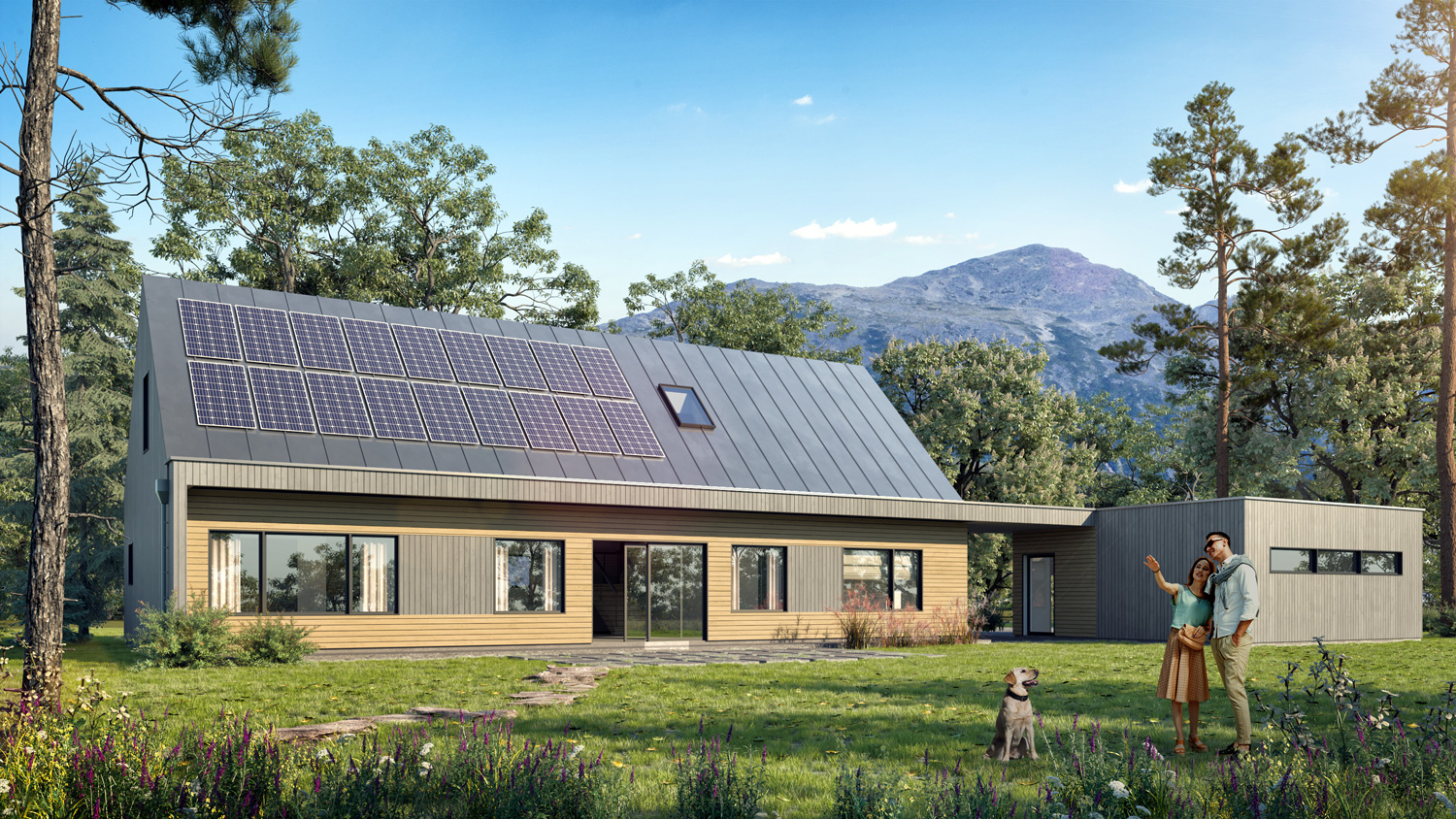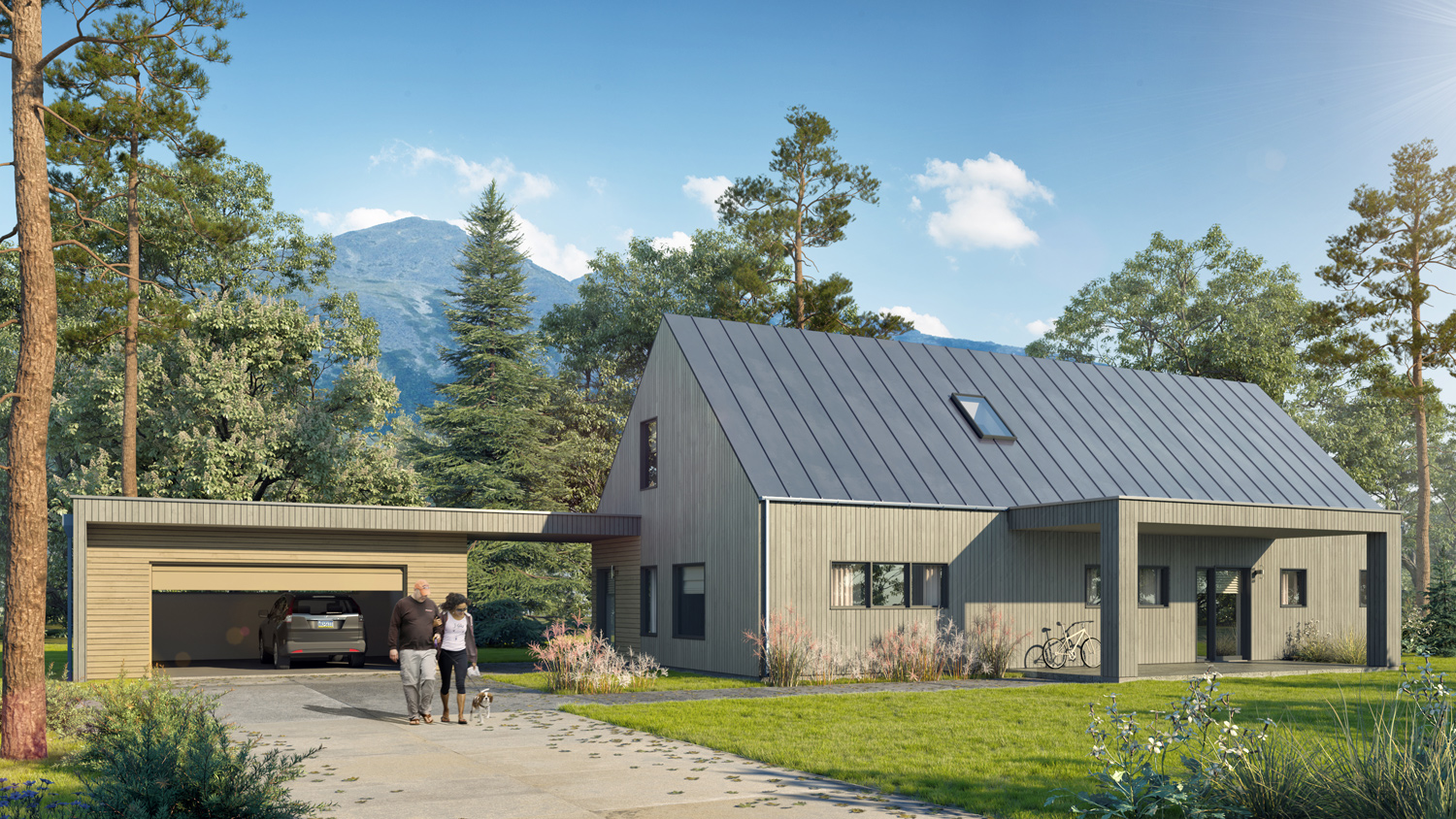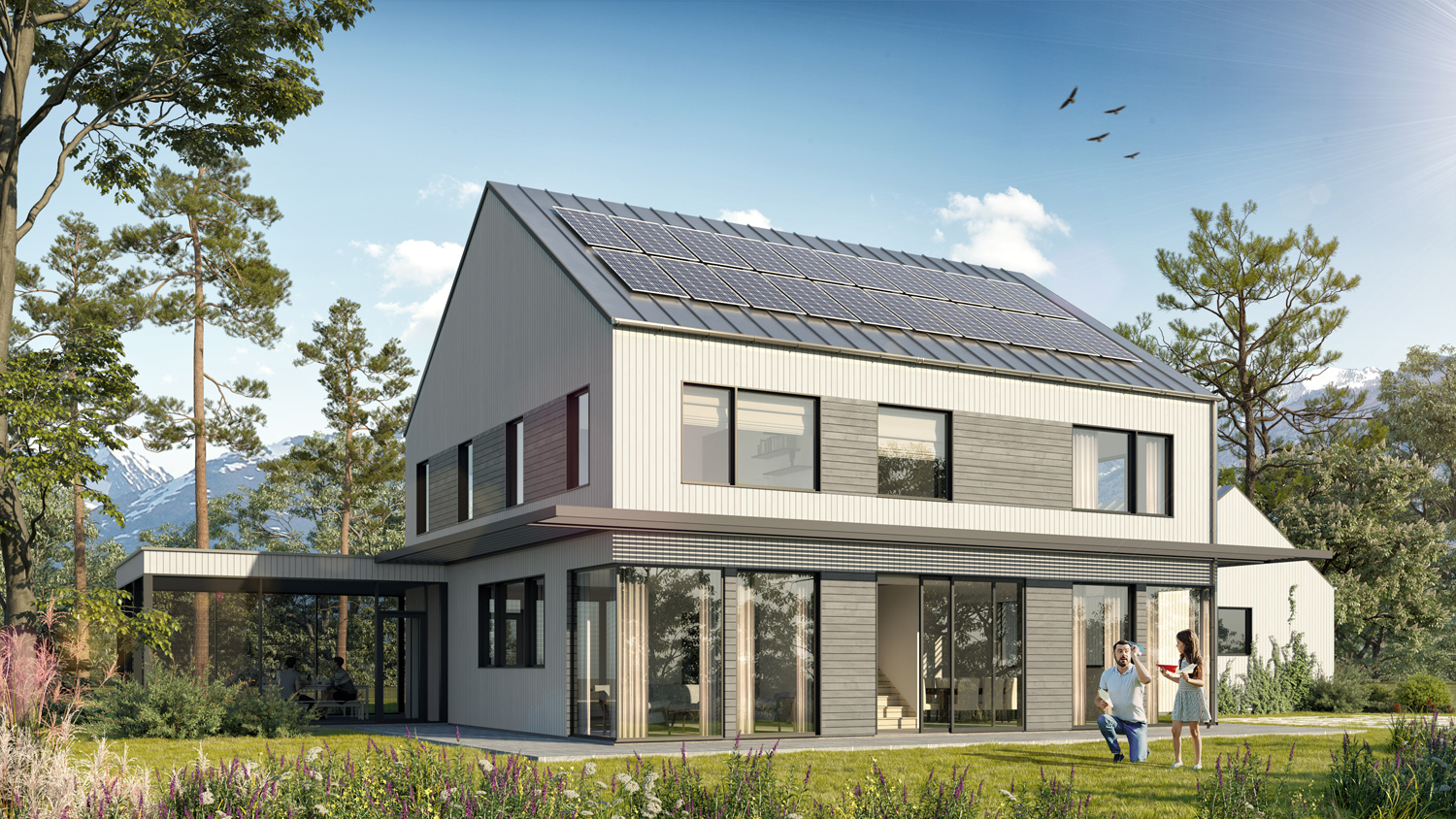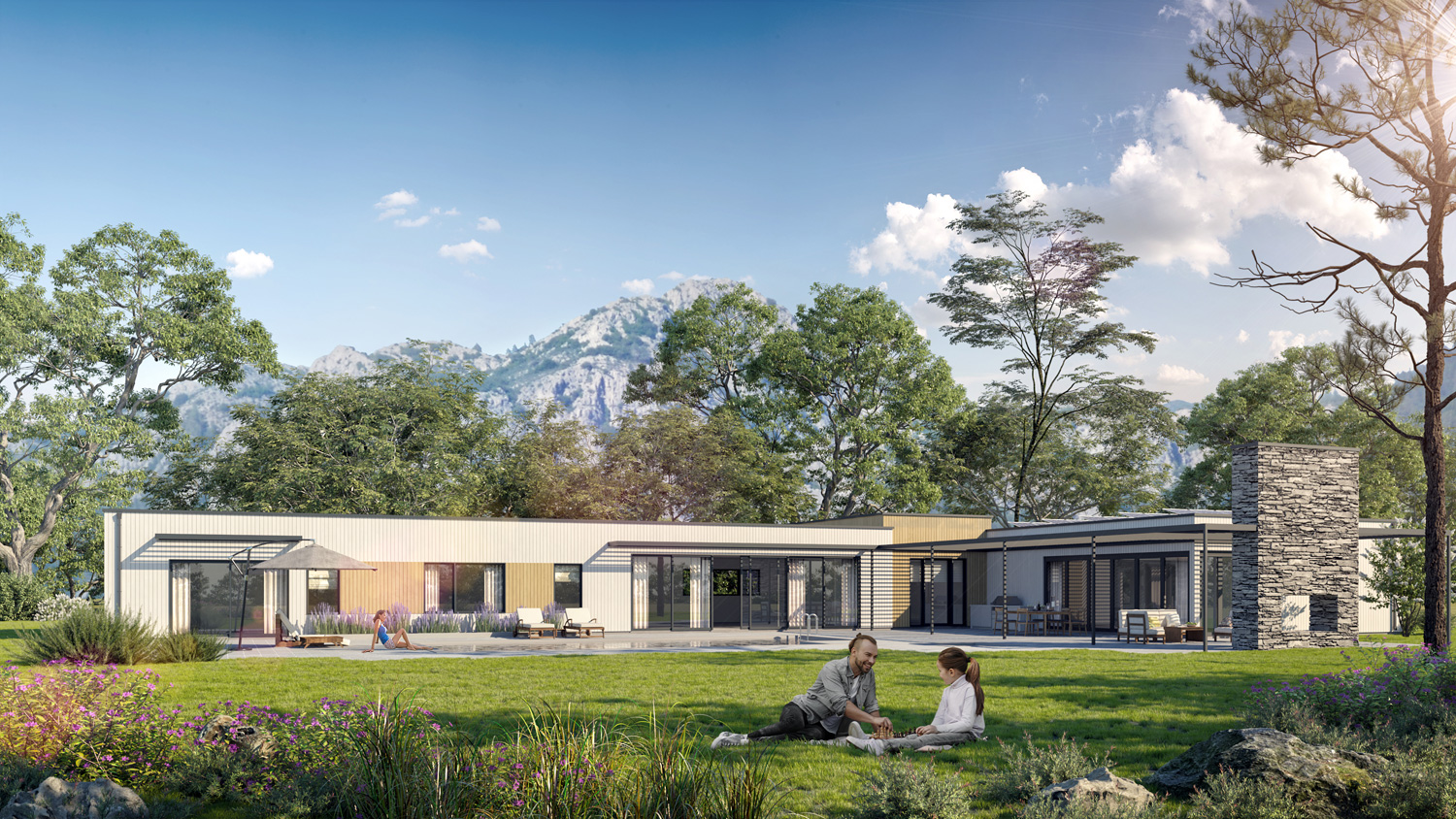News

Plant Prefab Partners with Richard Pedranti Architect to Launch its First Passive House LivingHomes
Three Customizable Designs Offer Advanced Passive House Technology for Efficient Prefabrication
RIALTO, California – January 26, 2021: Plant Prefab, the nation’s first Certified B CorporationTM prefabricated design and construction company, launches its first ever Passive House LivingHomes, the RPA LivingHome 1, 2, and 3, designed in partnership with new Plant Design Partner Richard Pedranti Architect (RPA). A national leader in Passive House design, RPA joins the roster of acclaimed Plant Design Partners that includes Ray Kappe, KieranTimberlake, Koto Design, Yves Béhar, Alchemy Architects, and Brooks + Scarpa.
“Plant is focused on building homes that are as healthy and sustainable as possible and we push the boundaries,” explains Plant Prefab Founder and CEO Steve Glenn. “We use the U.S. Green Building Council’s LEED for Homes program as well as our own stringent health and sustainability program, Z6, to create some of the world’s healthiest homes with the lowest possible impact on the planet. Passive House is another major environmental certification program and it integrates uncompromising standards for occupant health, comfort, and energy performance. We are honored to be partnering with one of the nation’s foremost Passive House experts and most experienced Passive House designers to introduce our first Passive House LivingHomes.” To meet Passive House standards, a home must employ proper solar orientation, optimal insulation, high-performance windows and doors, an airtight enclosure, and balanced ventilation. Passive House certified* homes use 80% less energy for heating and cooling than conventional buildings and are significantly healthier and more comfortable than traditionally-built homes. Following these guidelines, each RPA LivingHome therefore provides maximum energy performance, excellent indoor air quality, superior sound insulation, and unparalleled thermal comfort, bringing even higher levels of health and sustainability to Plant Prefab’s growing portfolio of innovative LivingHomes.
“In over a decade of designing and building Passive Houses, the RPA LivingHome designs from Plant Prefab offer the most complete Passive House products that I’ve seen on the market. Additionally, by using the Plant Building System—Plant’s comprehensive and flexible off-site building platform—we were able to design custom, high-performance homes with Passive House-level envelopes and sustainable finishes,” says Richard Pedranti, Founder and Principal of Richard Pedranti Architect. “The RPA LivingHomes are designed and delivered complete with all finishes, fixtures, electrical, and mechanical systems, providing the client a simple and efficient Passive House building solution.” Ranging in size from 2,218 to 3,182 square feet and from three to four bedrooms, RPA LivingHomes feature timeless modern design complemented by advanced building science. RPA LivingHomes 1 and 2 feature pitched roofs—optimized for photovoltaic panels—that create cozy living spaces, and all of the RPA LivingHomes offer open-plan living areas with large, expressive windows. RPA LivingHome 3 is distinctly Californian in design, inspired by mid-century case study homes. To meet the rigorous Passive House standard, all RPA LivingHomes feature airtight construction, highly efficient mechanical systems, a dedicated fresh air system, a heat recovery ventilator (HRV) system, ultra high-performance water heaters, high insulation and high-performance windows and doors. In addition to their Passive House qualifications, the RPA LivingHomes—like all LivingHomes—are designed to meet net zero energy standards, shipping complete with best-in-class smart home technology and energy monitoring.
With an ever-increasing focus on sustainability in homebuilding, Passive Houses are gaining popularity in forward-thinking communities across the United States. Passive House is well established in Europe, gaining traction in the late 1980s and expanding rapidly across the continent. As of 2016 there were more than 60,000 certified Passive Houses reported by the German Passivhaus Institut. Construction of all LivingHomes is made significantly more efficient with use of the Plant Building System (PBS), Plant Prefab’s patented, hybrid system for building prefabricated homes. PBS uses a combination of Plant Modules and Plant Panels, a new panelized construction system developed by Plant Prefab, which include plumbing, electrical, and finish materials. By integrating both modules and panels, PBS provides architects with greater design flexibility and reduces the complexity and cost of transportation and installation. Additionally, Plant Prefab’s PBS Design Guidelines provide best practices for architects on how to create home designs that are optimized for the most efficient production at Plant Prefab. The RPA LivingHomes are now available for customization on plantprefab.com/models, with pricing from $586,257 inclusive of all finishes, fixtures, appliances, and smart home technology. Site work and soft costs are additional.
*Certification is administered through Passive House Institute US (PHIUS) and Passive House International (PHI). Certification is entirely optional.
ABOUT PLANT PREFAB
With a mission to build a better world by design, Plant Prefab makes it faster and more efficient to build custom, high-quality, healthy, single-family and multi-family homes. Plant Prefab is the first Certified B CorporationTM prefabricated design and construction company dedicated to sustainable building, materials, processes, and operations.
All Plant Prefab’s projects are prefabricated in the company’s 62,000-square-foot homebuilding factory in Rialto, CA utilizing the Plant Building SystemTM. Combining advanced engineering with Plant PanelsTM and Plant ModulesTM, specialized components designed and patented by Plant, the Plant Building System provides greater design flexibility, quality control, and time and cost efficiencies than both site-based construction and conventional prefabricated approaches while minimizing the negative impact on energy, water, and resources. Clients can work with any architect they choose, including Plant Prefab’s award-winning, in-house design studio.
Plant Prefab is defining a new standard in residential home design and construction, helping individuals, architects, and developers efficiently design and build high-quality, cost-efficient, healthy homes. Plant Prefab was funded by Amazon, Obvious Ventures, and others. In 2019, Plant Prefab committed to full carbon neutrality in their operations by 2028, the first prefabricated home builder to announce a net zero goal.
Plant Prefab homes have garnered significant industry recognition including the AIA’s top sustainable award, Architizer’s Jury and People Choice Awards, Green Builder Magazine’s Home of Year, Business 2.0’s ‘World’s 11 Coolest Products,’ and Businessweek’s “Architectural Wonders of the World.” Nearly thirty Plant Prefab homes have been certified LEED for Homes Platinum, including the first home ever to achieve the certification.
ABOUT RICHARD PEDRANTI ARCHITECT
Richard Pedranti Architect (RPA) is a full service architecture firm serving the Upper Delaware River Region as well as Philadelphia and New York. Since 1998, RPA has been creating environments that combine their client’s unique values with the extraordinary natural landscape of their region. Located in the historic village of Milford, Pennsylvania, RPA specializes in Passive House and high performance buildings putting modern building science to work creating beautiful, healthy, comfortable, and energy efficient buildings.




